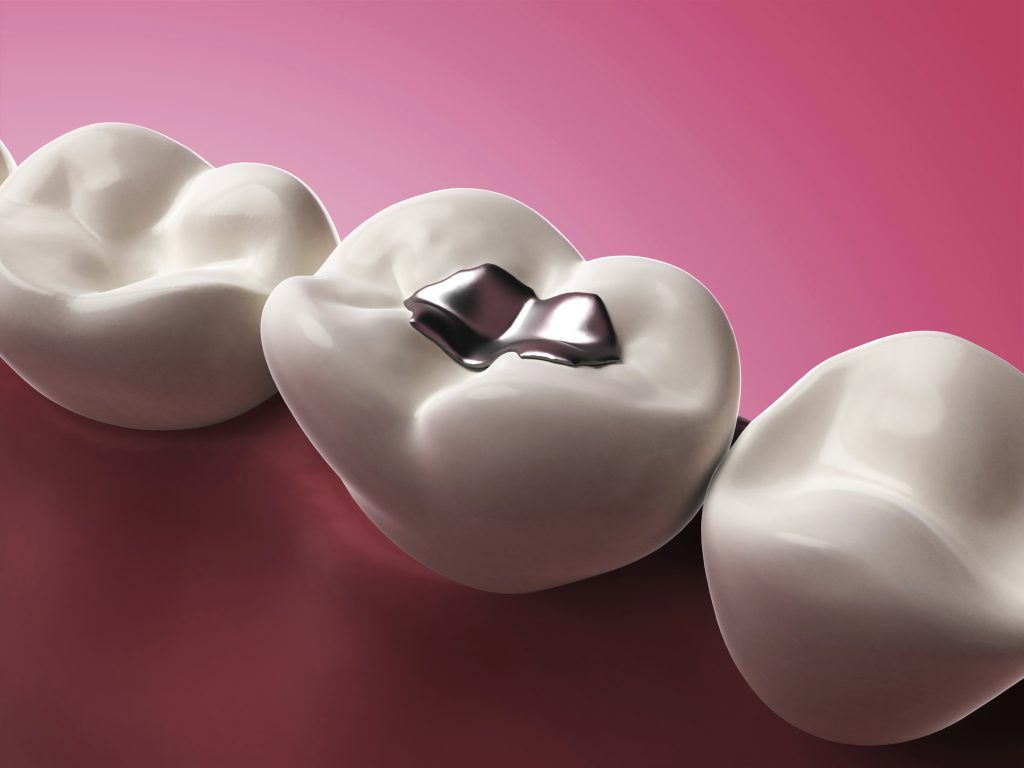One of the most popular restorative procedures is dental fillings. Over 11 fillings are present in one in four people. Because the procedure is inexpensive, adaptable, and extremely effective at repairing teeth after cavity removal, white fillings in Kitchener are widely used.
There are several options for fillings that can be used to restore teeth, but only white fillings are used, sometimes referred to as composite fillings or tooth-colored fillings. The tooth’s natural color and luster are perfectly matched by the natural-looking fillings. Due to the composite resin’s natural appearance, many of our patients are unable to discern where their fillings start and end.
What are Dental Fillings?
The least intrusive restorative procedure offered is a filling. Fillings can be made from a variety of base materials. All fillings employ a flexible material to restore a section of a tooth that has lost its natural tooth structure, frequently as a result of tooth decay therapy.
In order to enjoy restored oral health, restored biting balance, and a lessened risk of future dental issues, this structure “fills in” regions of your tooth. This treatment is quite inexpensive, but after several years, the filling will most likely need to be replaced.
What is the Use of White Fillings?
The most typical application of white fillings is to maintain and restructure your tooth after cavity treatment. The rotted tooth structure must be extracted in order to treat a cavity. Although the procedure improves dental health, it also exposes the treated tooth to additional deterioration.
You might be given an inlay or onlay, which is a pre-formed filling, after a more invasive restorative procedure by a dentist in Kitchener. You can get a dental crown after having a root canal or having a significant amount of tooth rot scraped out. A crown completely encases a tooth in a ceramic cap that safeguards the tooth beneath.
Are There Any Drawbacks to White Fillings?
Some patients may develop post-operative sensitivity following a composite filling. Additionally, if you consume foods like tea, coffee, or other stains, the composite’s color may somewhat change. If you are particularly concerned about the colour of your teeth, your dentist near you can cover the composite with a clear plastic coating to prevent the color from fading.
How Long Have White Fillings Been Around?
Metal amalgam fillings of various types have been used for centuries. In the 1960s, composite resins were used for the first time. As a result of the resin’s lack of a mercury requirement, the biocompatible alternative gained popularity immediately. Plus, composite resin provides better cosmetic outcomes. Additionally, the longevity of composite resin is equal to or greater than that of metal amalgam alternatives.
The use of white fillings became more widespread. The dependable and efficient treatment option utilized on a daily basis was made possible by further improvement of the white fillings near you basic material and the addition of etching to achieve a firmer adhesion to the tooth surface.
Placing White Fillings
Plaque, tartar, tooth rot, or an old filling will be taken out by the dentist. The tooth structure is etched after the filling site has been cleansed and dried, and then a gel and bonding solution are used to help the bonding. In the spaces, small layers of white filler are applied.
Stop By Laurentian Dental Centre
Whatever route you take, the most crucial thing is to maintain a regular dental checkup and cleaning schedule with your dentist near you, along with routine brushing and flossing.
The dentist will also go through the specifics of the operation and what to expect following it. Please get in touch with the office if you’re interested in learning more about dental fillings.
See you soon!


